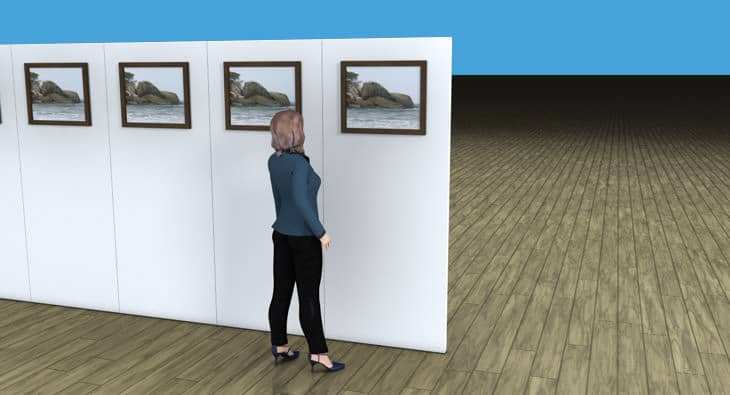Perhaps you’re an artist or maybe you know someone whose work simply must be displayed for all the world to see. Either way, you’ve decided to hold and art exhibit, but you’re not sure where to start. From coming up with a theme to rules about exhibition walls, these five tips will get your planning process underway.
Create Your Concept
Any successful art exhibition needs to have a theme beyond “Here Are a Number of Really Great Paintings!” There should be a central vein that ties the pieces together, and it needs to be one that the audience will find interesting. “Hard-Living Rock and Rollers” will draw in both art and music lovers. “Dogs in Black and White” will bring in the artistic pet lovers. Choose pieces that will create questions and interesting dialogue amongst viewers.
Purchase Insurance
As with almost every endeavor in existence, holding a public art exhibition comes with a degree of risk. An expensive painting could topple down and get damaged. A sculpture could fall over and break someone’s foot. Although these things are unlikely, it’s important to be covered just in case.
Choose Your Venue
The venue for the event will depend on your desired theme, as well as your overall budget. If your event will be a less formal one, a small café or even a friend’s home may be a cost-effective way to hold a laid-back art exhibition. For larger and more polished events, a museum or gallery will be more appropriate.
Be Aware of the Rules
It’s important to know about any rules and restrictions before you start setting up exhibition walls and putting your event together. This includes height and material requirements that the venue may have regarding the exhibition walls. It also includes any restrictions that the exhibition wall rental company may have regarding placing pins, screws, or nails into their walls. While some companies forbid this, others are happy for you to do so. To avoid unnecessary fines, check with the rental company beforehand.
Get the Word Out
For starters, let friends, family, and colleagues know about the event. Promote it on social media. Send a press release out to local news outlets. Beyond that, hit the pavement and distribute flyers and posters. Focus on venues that have a clientele that will find your exhibition appealing and you’ll have people lining up to get into your exciting, entrancing, first art exhibition ever.

